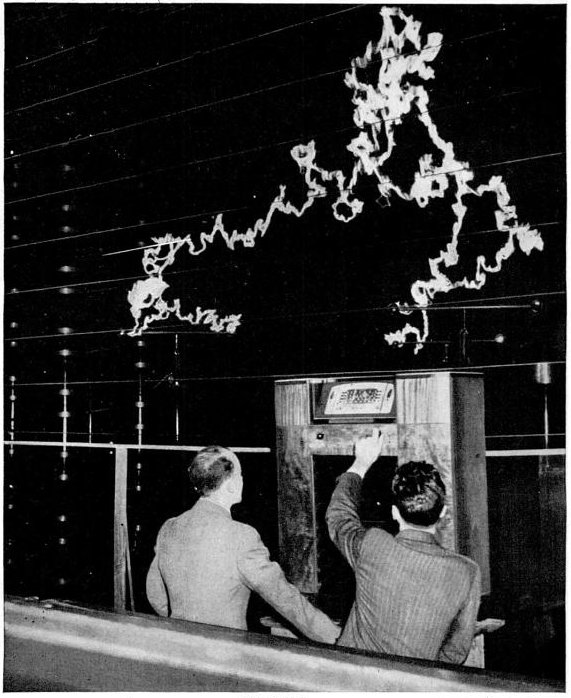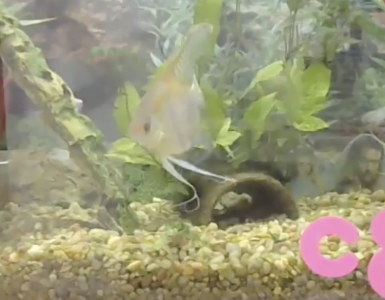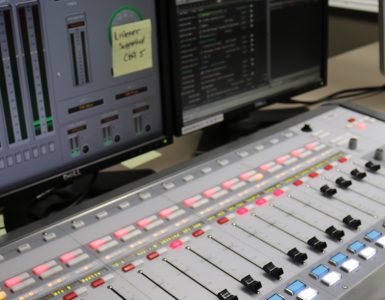Our internet stream is having some trouble today. We’re working on it. Check here for updates.
But did you know, that if you live in or around Seattle, you can get your favorite dance music OTA? “OTA” has been a bit of a buzz term lately, usually applied to digital video/TV and forthcoming 5G services. It’s short for Over the Air.
One key concept: it’s always best to have a quarter wavelength antenna, which is a different length for each frequency. For 89.5, the ideal length is 33 inches (hence the title of this blog post). Longer and shorter lengths will work too—it just won’t be as efficient. Update: see the comment below from Karl.
Here are a few ways that you can receive C89.5 OTA (and we’ll leave out the obvious car radio or old school table top radio with a built-in antenna):
- Check if your mobile device has an FM Chip or FM app. If so, your headphone cord functions as an antenna. It’s approximately 33 inches.
- Do you have a home stereo? Most have FM receivers. And OTA-TV Antennas are the hot thing right now. Try to hook that antenna up to your FM receiver antenna jack. If you can get Channel 9 on your HDTV, you can probably get us pretty clear.
- Listen through a Software Defined Radio (SDR) on your tablet, mobile device, or desktop computer. An SDR comes in the form of a USB dongle. Plug one side into your computer/device, and the other to your antenna. Use the software to focus on 89.5 MHz in FM mode. (Bonus: many SDRs also
encodedecodedigital TV signalsslow scan TV pictures from the international space station with some additional software) - Make your own antenna! Here’s a tutorial from wikiHow. We’re at about 33 inches. You’ll need a radio for this.
Have some methods to add? Add them in the comments suggestions below, so that we can include them in a future post!
Photo: Public domain (expired copyright).








To get in to the weeds a bit: quarter-wavelength antennas work best with a ground plane (virtual or otherwise). If you’re going the speaker wire route, you should make a half-wavelength dipole antenna instead, with each side of the T being 33 inches.
I think it would be kinda cool to post a full-on tutorial on unconventional ways to recieve the signal